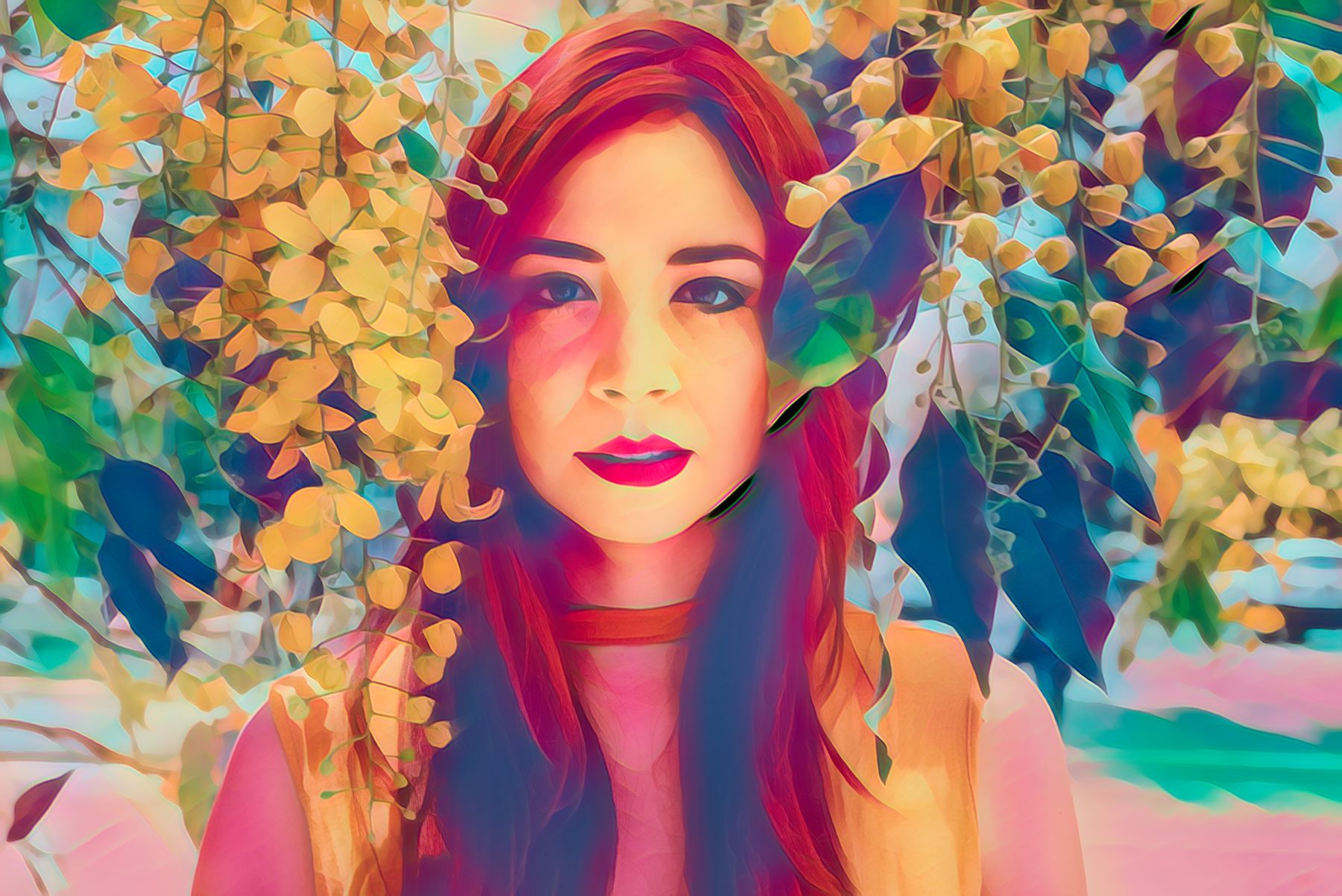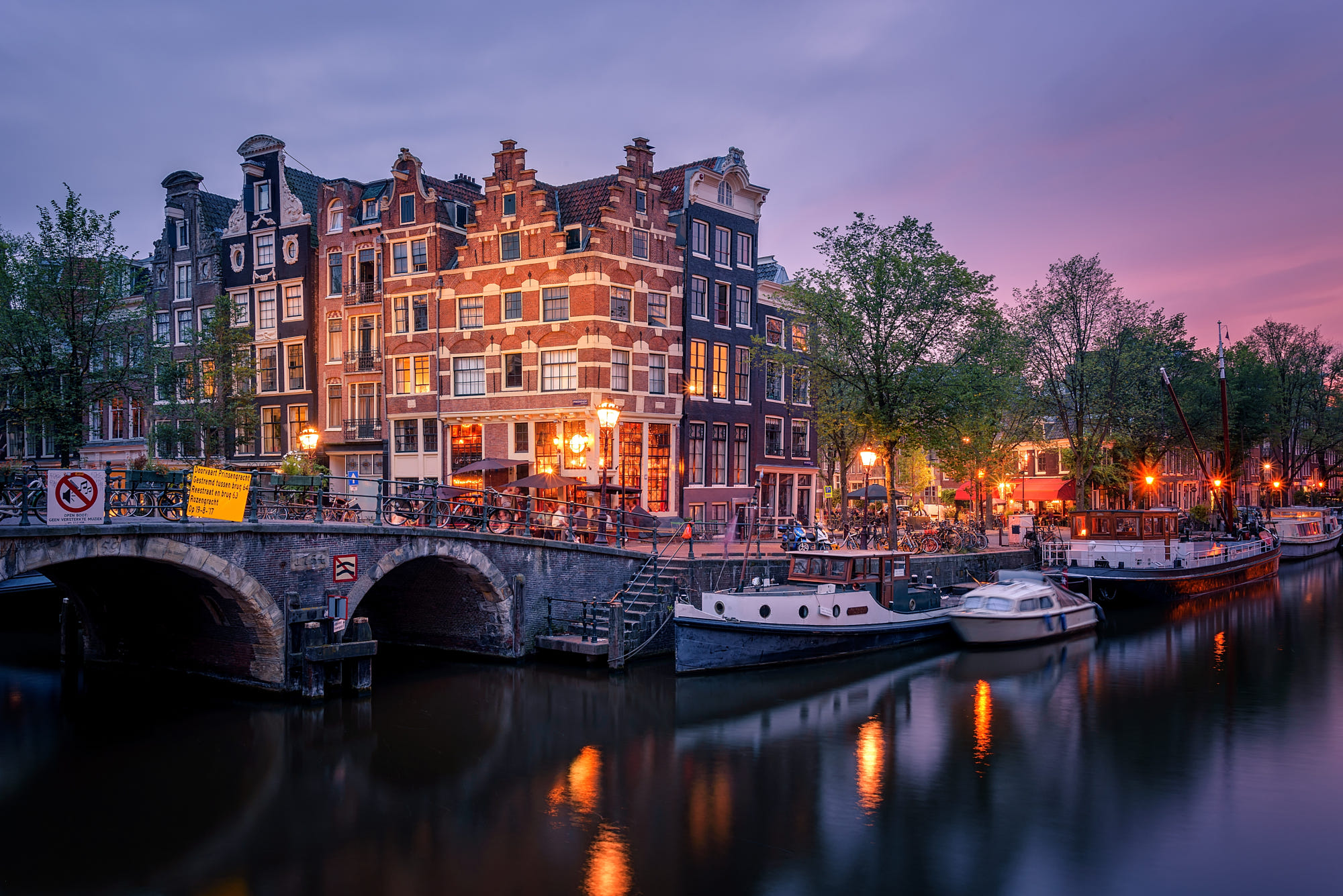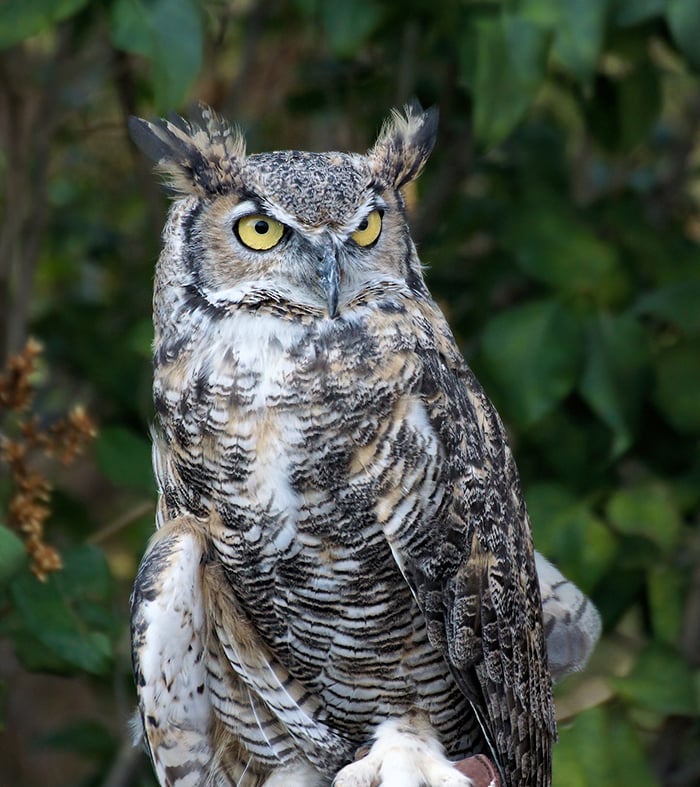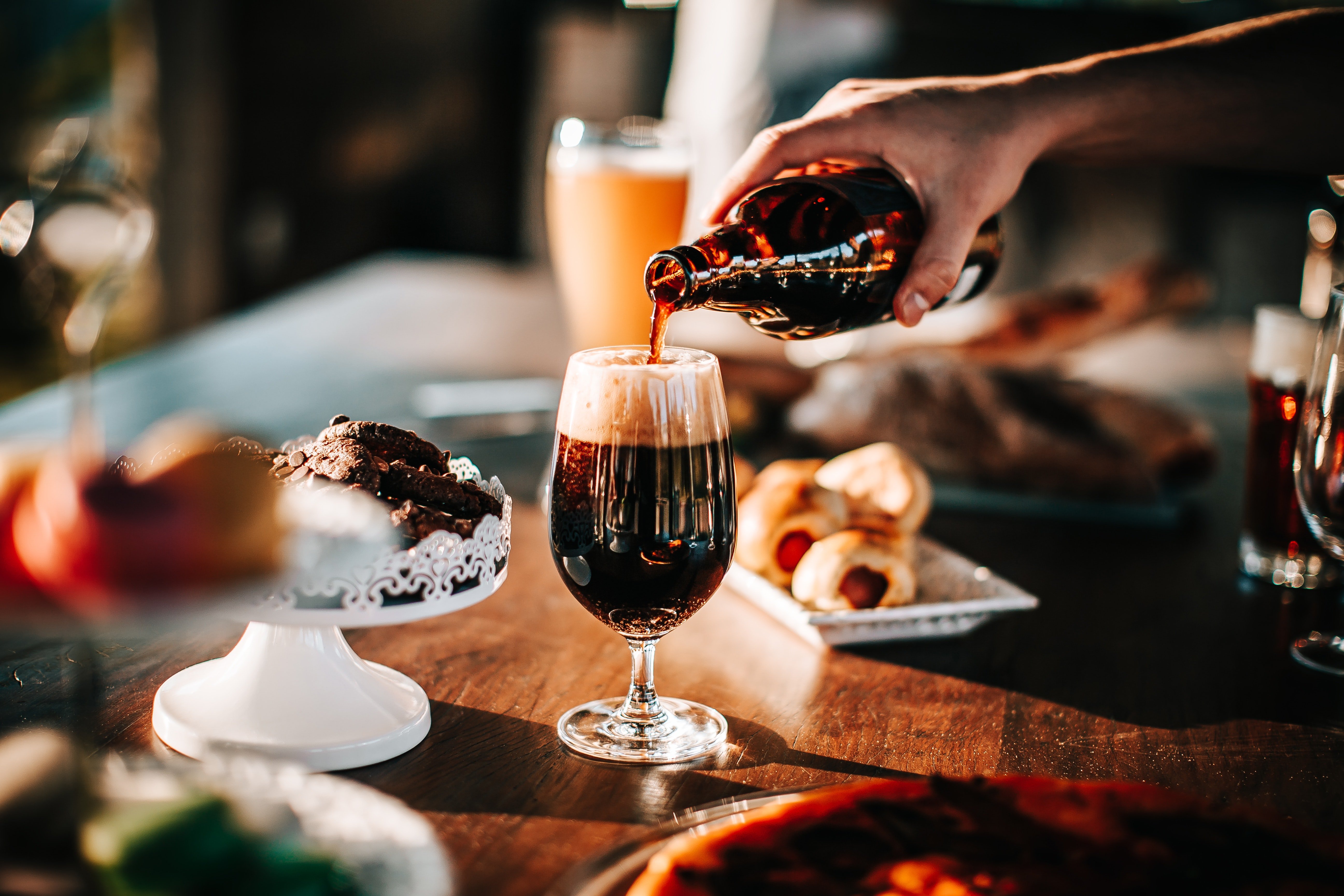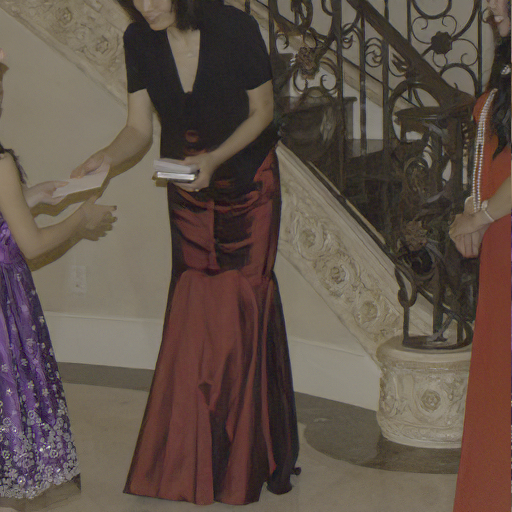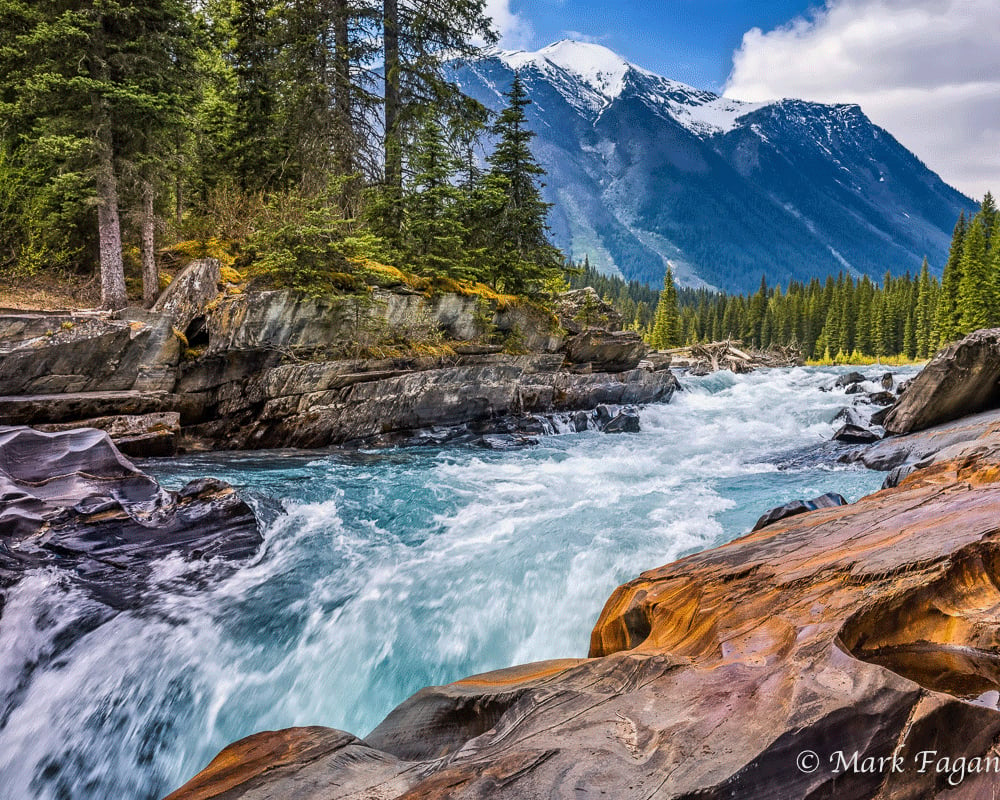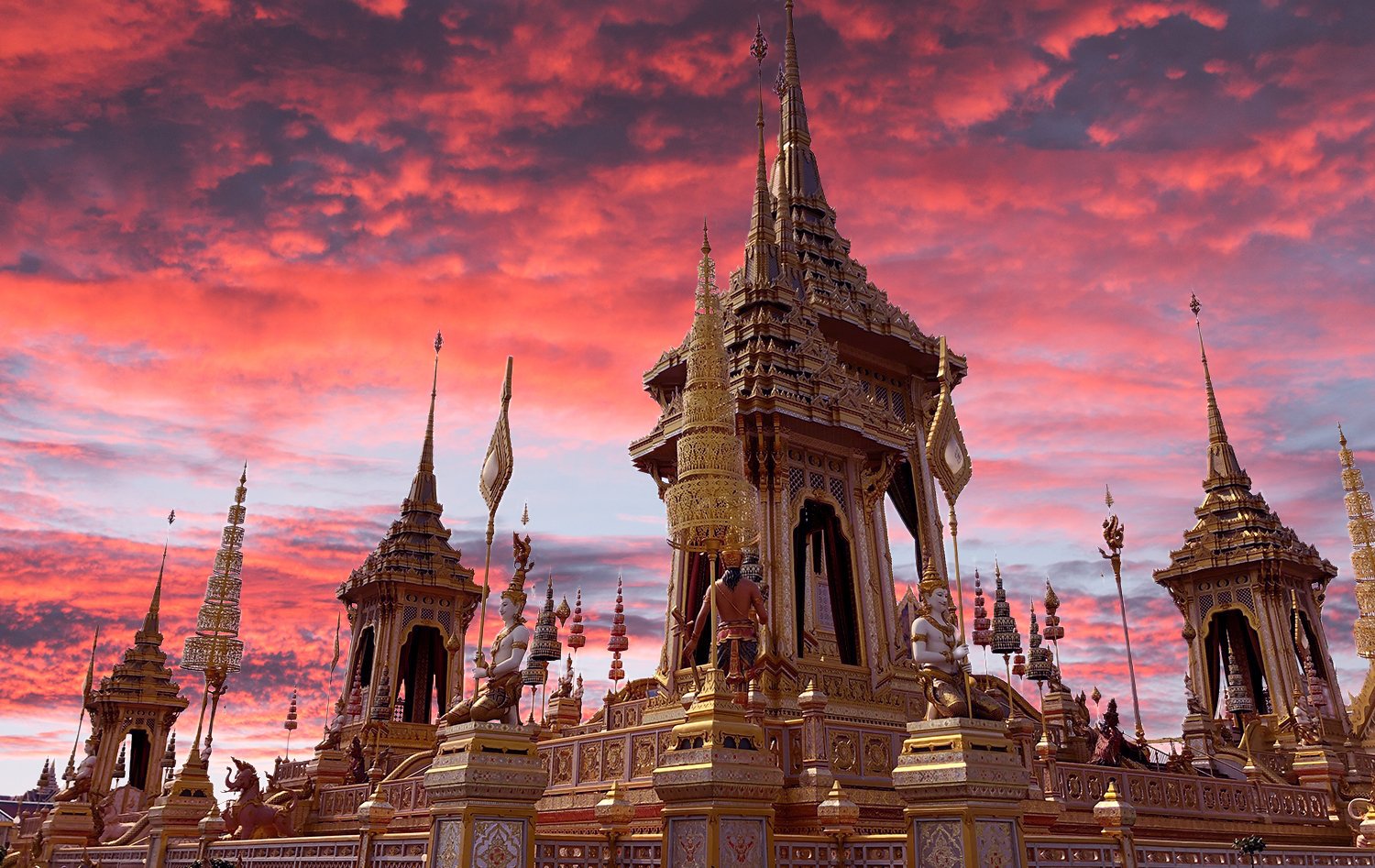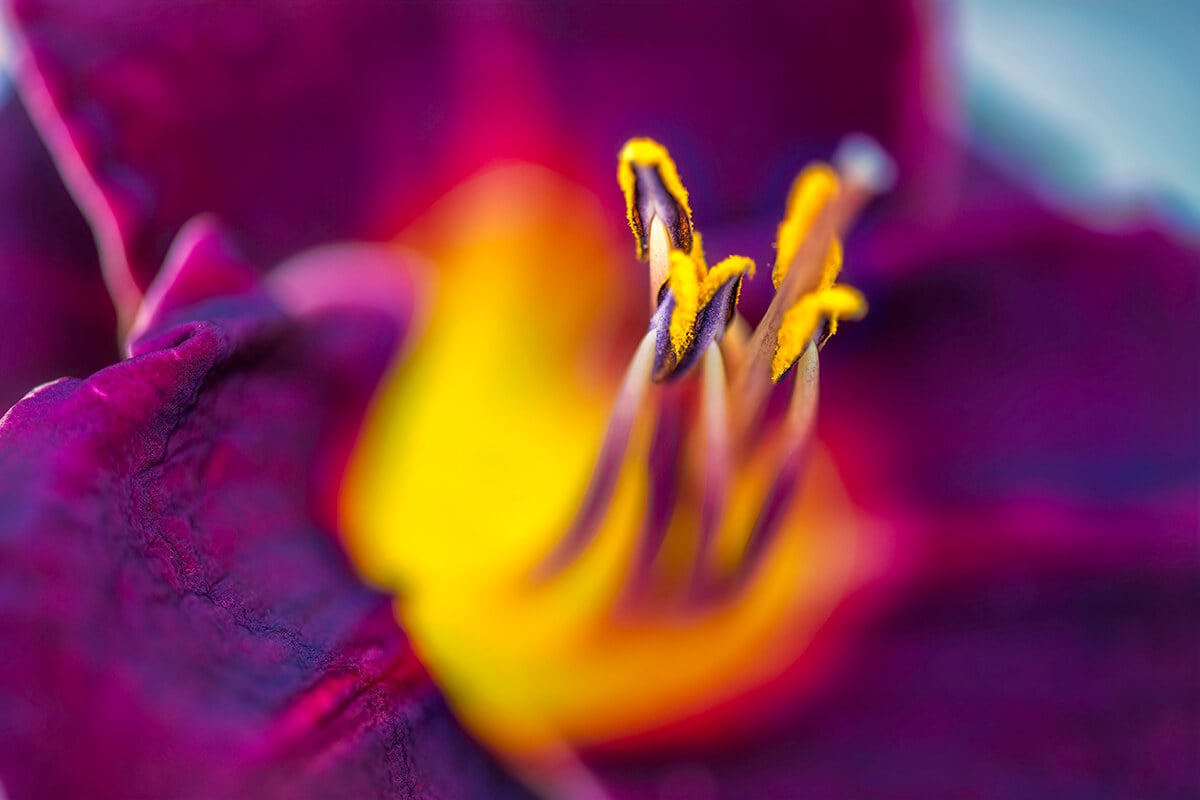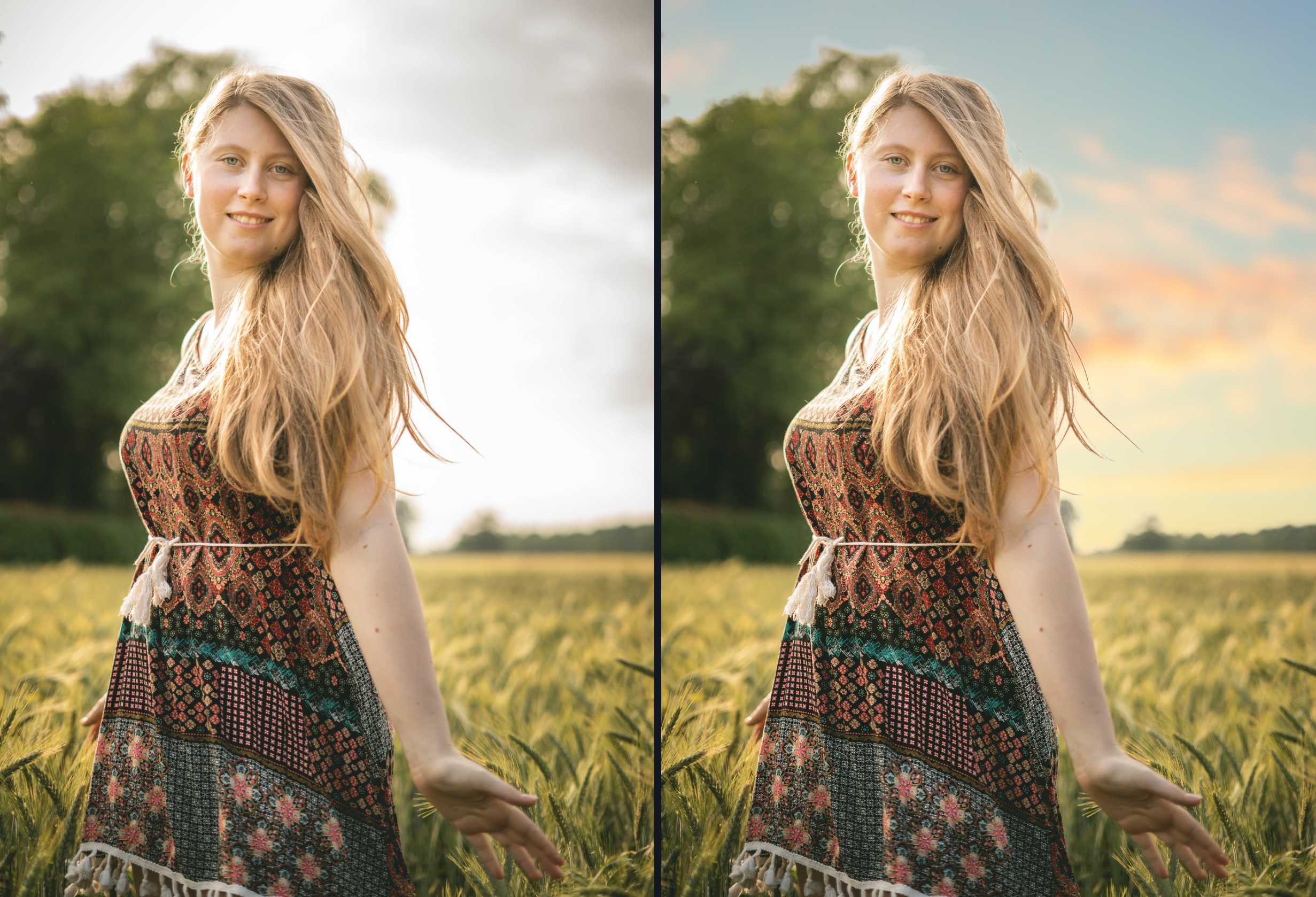
How to quickly mask and replace the background in your photos


Replacing the background of an image to create a composite photograph can result in stunning, creative works of art. Whether you want to completely replace the sky to change the mood of your photo, or totally isolate objects for your graphic design projects, your first step will be to create a mask.
A mask simply helps you select a portion of your image. After masking your image, you can can easily change background colors, make transparent images, or replace portions of your image without ever deleting a pixel from your original photo. Masking can require a lot of precision skill and effort to carefully refine complicated selections, like hair and fur.
If you’ve ever tried to replace the background of an image in Photoshop, you know how tedious this process can be. Even with Photoshop’s magic wand and quick mask tools, you’ll still find yourself zooming in at 1200% and carefully clicking away pixel-by-pixel to get a perfect mask.
The problem with masking in Photoshop is that isolating fine objects is time-consuming. You’ll need to switch through a variety of brushes and ideally use a digital drawing tablet to perfectly fade your brush strokes.
In the image above, you can see what you have to work with when you mask an image in Photoshop. Attempting to isolate the background from the model’s individual strands of hair could take hours to get just right.
Mask AI solves the problem of complicated image masks. Using the power of sophisticated neural networks, Mask AI can identify the content of your photo and make the most accurate masks in mere seconds. Finally, you can let your computer do all the complicated masking work for you, so you can complete your project in less time.
All it takes is a quick application of the trimap to compute a mask. Paint a blue line where you’d like the application to “compute” the mask, and drop a red paint bucket on the area you’d like removed. It’s that simple.
It only takes a moment for Mask AI to compute your mask, and just like that, your background is removed and details are preserved.
If necessary, you can tidy up the brush strokes, or refine the mask using sliders like Edge Strength and Foreground Recovery to get your mask just how you want it.
Mask AI has background replacement built-in, so you can finish your project without ever leaving the app. You can easily apply a solid color background, blur the existing background, or import a new background altogether.
Try Mask AI totally free for 30-days, no credit card or commitment required. Mask AI works as a standalone application for Mac or PC, or as a Photoshop plugin to help keep your workflow running smoothly.
Buy Mask AI today and get 15% off with coupon code MASKBETTER
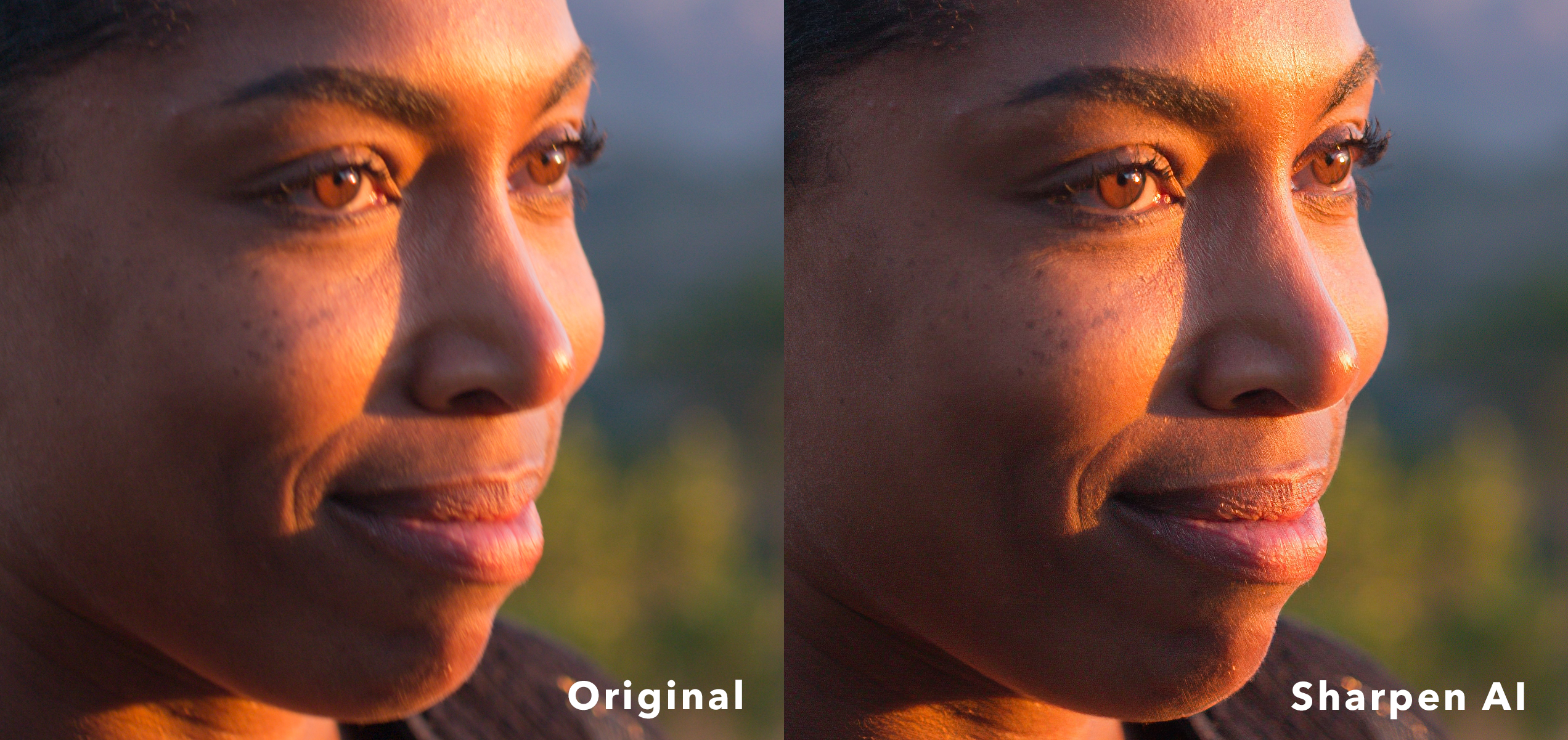
Every photographer has been there: you capture the perfect moment, in beautiful light, but somehow you didn’t quite get the shot. Maybe the light was a bit dim or your subject moved a little too quick, but your final, favorite shot ended up blurry. A fast-moving subject, camera shake, low light, and incorrect camera settings can all reduce the sharpness of your photo, leaving you with soft details, motion blur, and an imperfect photo. We’re here to fix it.
Using the power of machine learning technology, our cutting-edge software doesn’t simply “sharpen” your photo — it can actually help you recreate authentic details in your photo. With sophisticated artificial intelligence tech, Sharpen AI analyzes your image and compares it alongside a library of millions of photos to help you achieve the most stunningly accurate results. It’s your image, re-imagined the way it was supposed to be — with sharp lines and crisp detail.
The only way to believe in our technology is to see for yourself. That’s why we offer a totally free, full-version, 30-day trial of all of our applications.
Download your free trial of Sharpen AI along with the original TIFF photo used in this article.
Comment below with your results or tag us on Instagram with #TopazLabs. We’d love to see how Sharpen AI helped rescue your blurry photos!
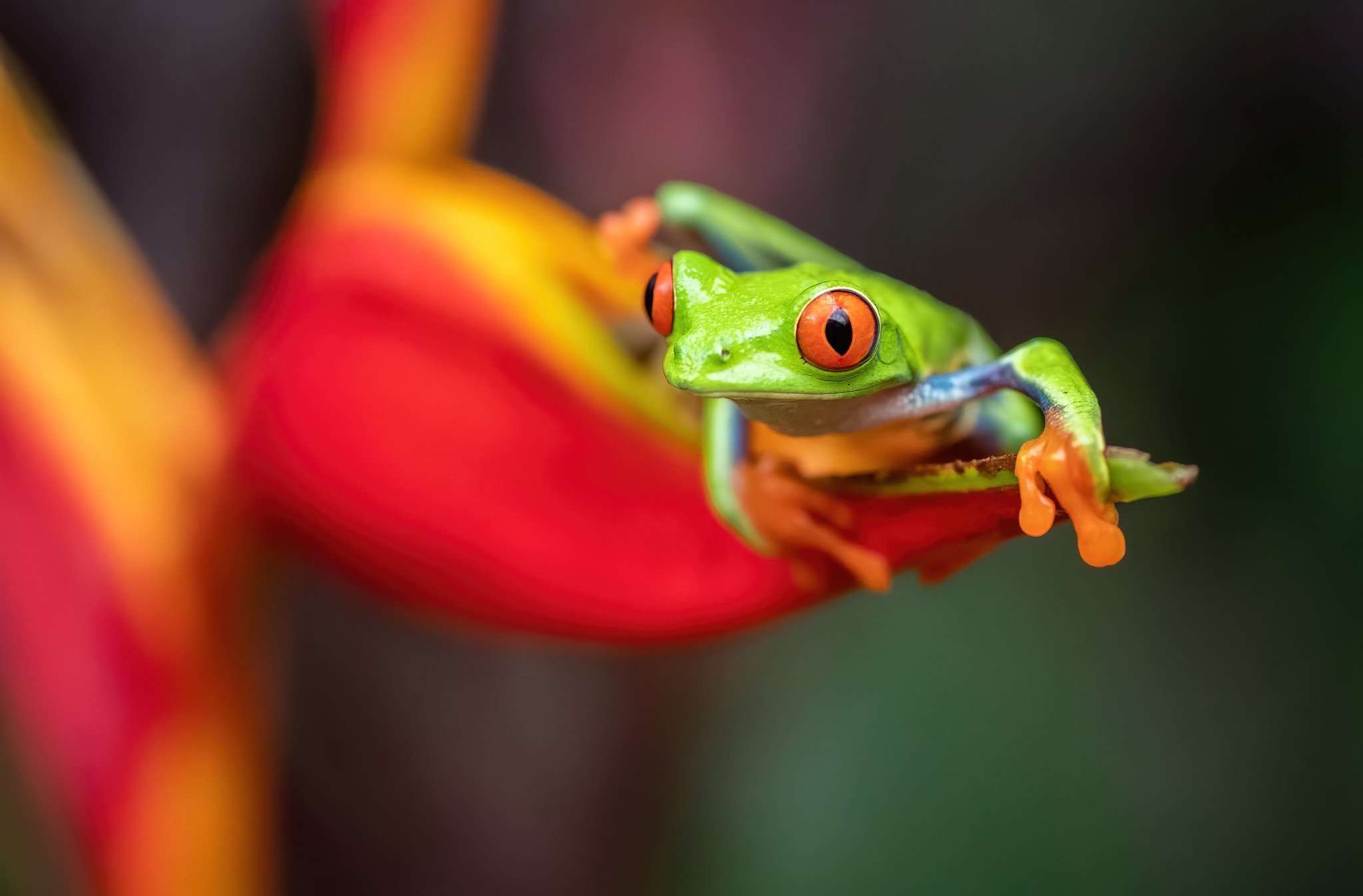
I have always been interested in wildlife and photography in general however it was a family trip to Alaska that really accelerated my photography interests. Everywhere I went was like a postcard and there was so much wildlife but all I had was a point and shoot camera and no idea how to use it.
After returning home I bought my first DSLR. I would spend the next several years reading “how to” books and watching countless YouTube videos to learn. I had no idea what an obsession it would turn into. Being a winner in the National Geographic Nature Photographer of the Year contest also accelerated my career as I become more well known in the photography community.
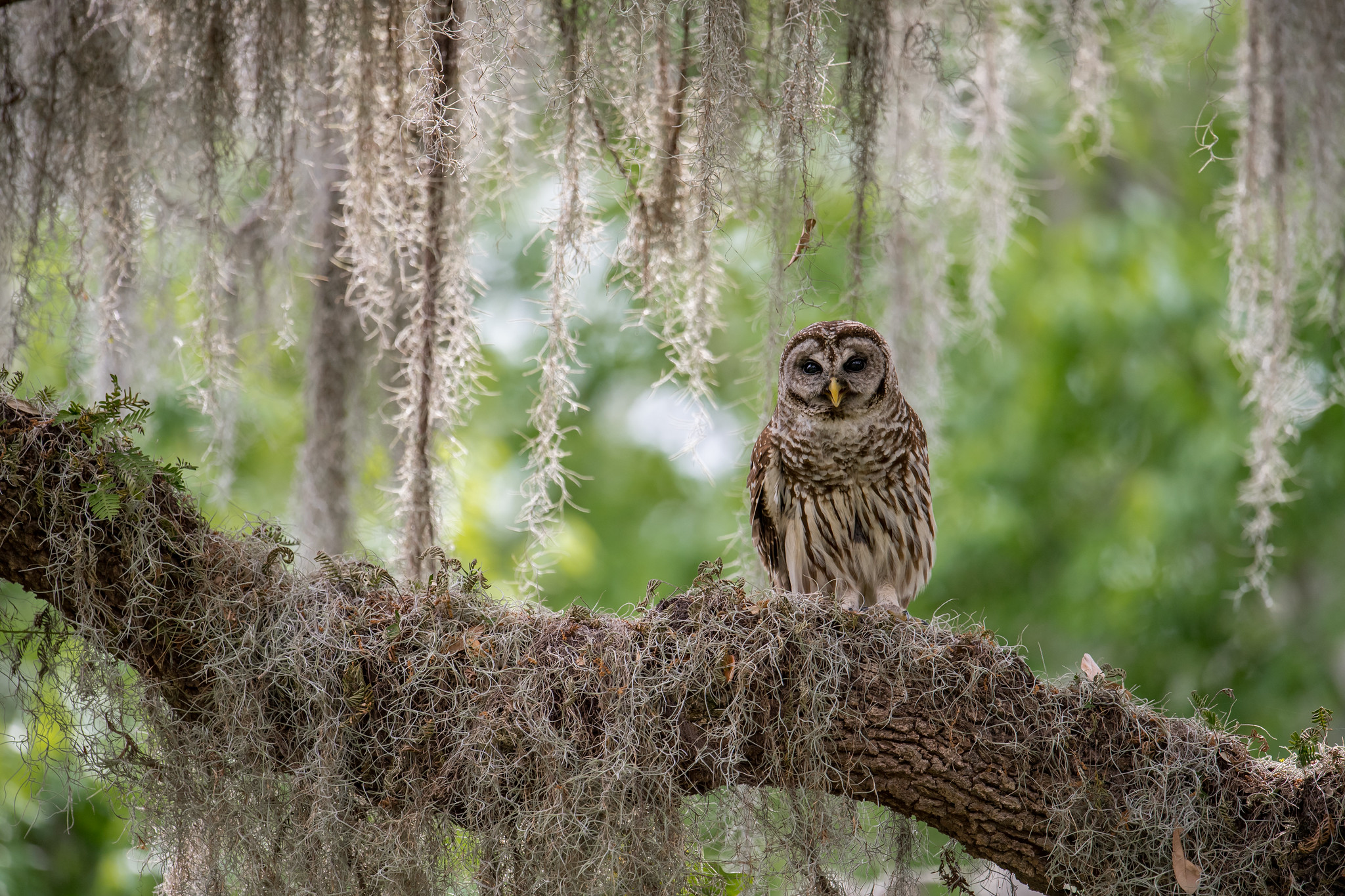
Being a wildlife photographer primarily it is often difficult to have a specific style as many times you have to work with what you are given. That said, I put a lot of effort into always being at eye level with animals or trying to get action photos such as osprey diving for fish or peregrine falcons in flight.
I also like to do wide angle wildlife photography using remote sensors with camera traps to get a more intimate closeup view of animals not often seen.
My primary gear at the moment is a Nikon D5 and 600mm f4 VR lens along with a Nikon D810 and 80-400mm lens.
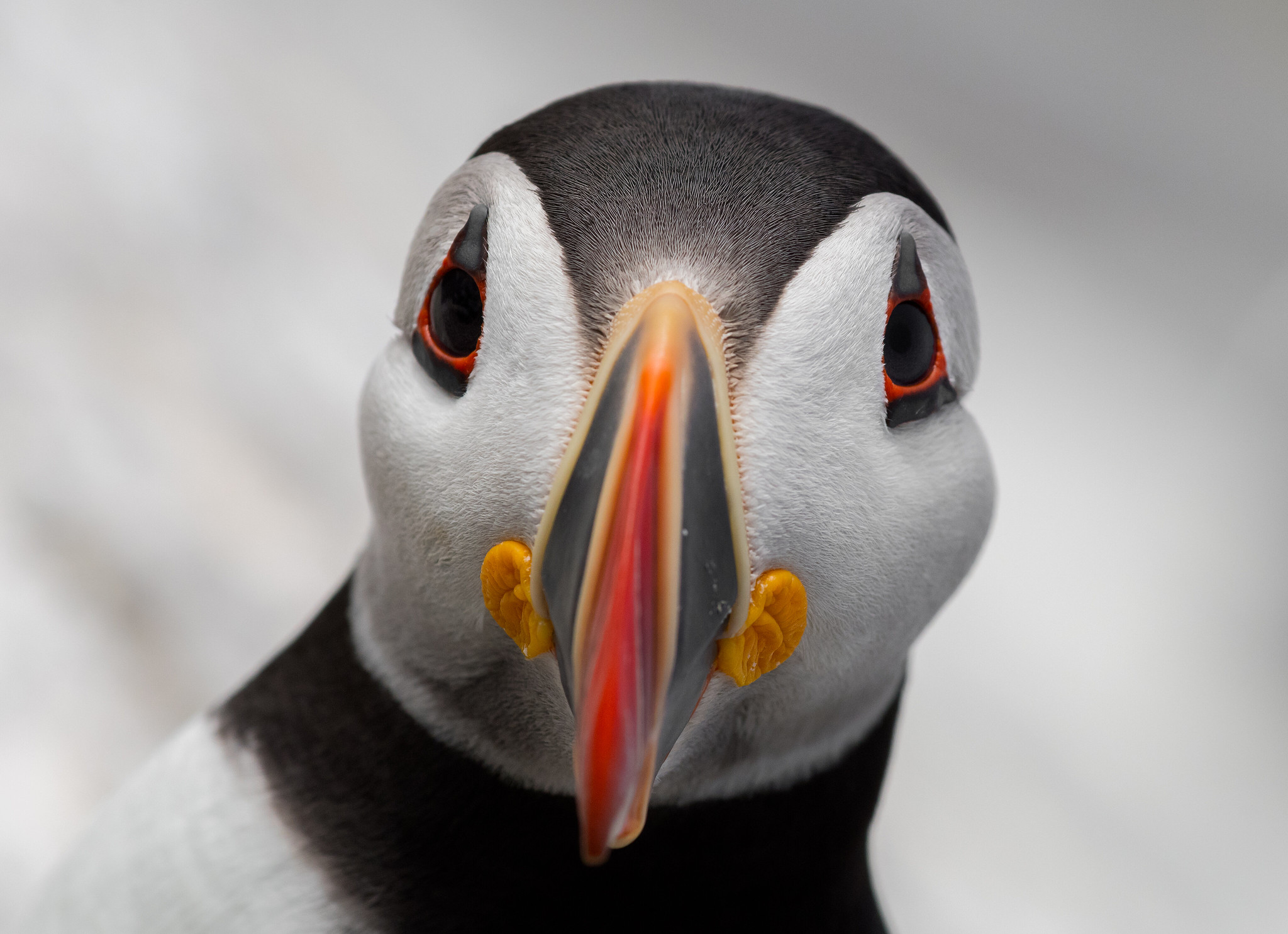
Birds of prey are easily my favorite subject to photograph. There is something so majestic about seeing owls flying or bald eagles fishing, etc.
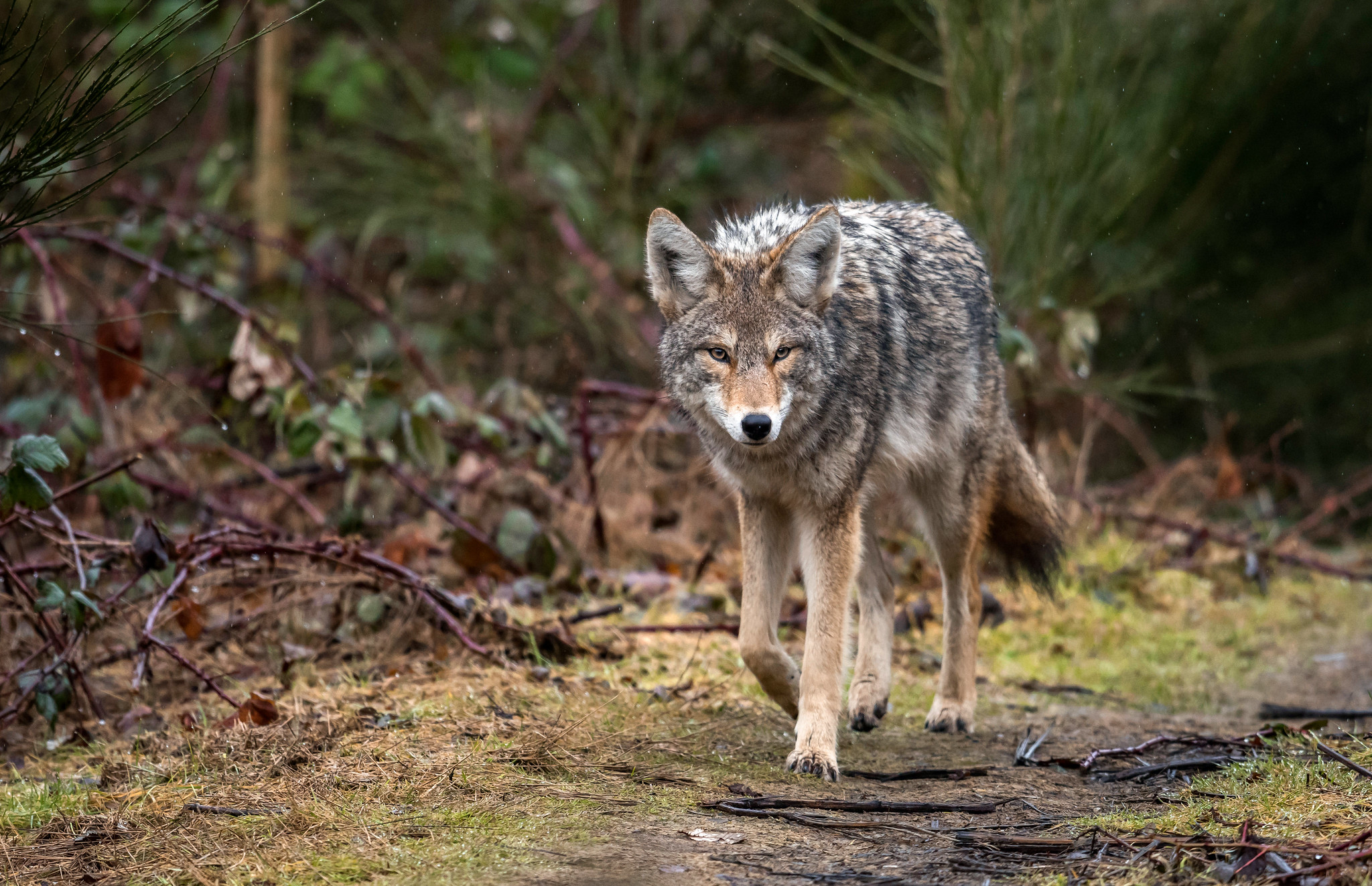
Topaz software has completely changed my editing process. DeNoise specifically is a miracle software. It has allowed me to keep shooting much longer than I ever have been able to by letting me crank my ISO and still get useable images. Even when it’s not needed I still run my photos through DeNoise or Sharpen AI as they make photos that are already sharp that much better!
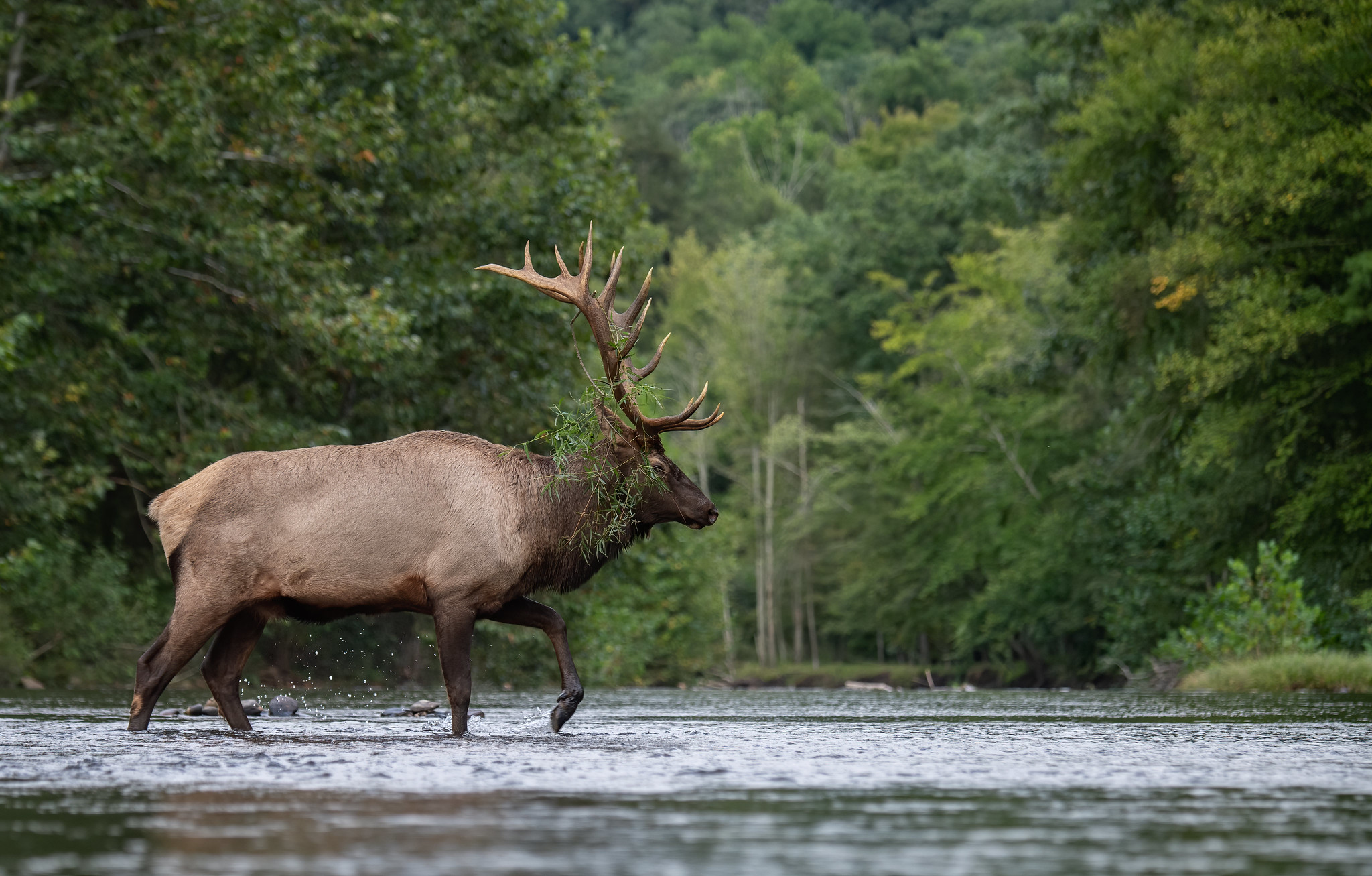
My inspiration is simple these days. Since becoming a full time wildlife photographer it’s become so much more apparent how fragile this planet is and how much help it needs. My inspiration and goal is to both raise awareness as well as helping people relate to wildlife. I have seen distinct personalities in many animals and I believe they should be treated equally. They feel fear, pain, and build bonds with each other that should not be broken by humans. I’m afraid people will not realize how important animals are to the environment and our own existence until they are gone.
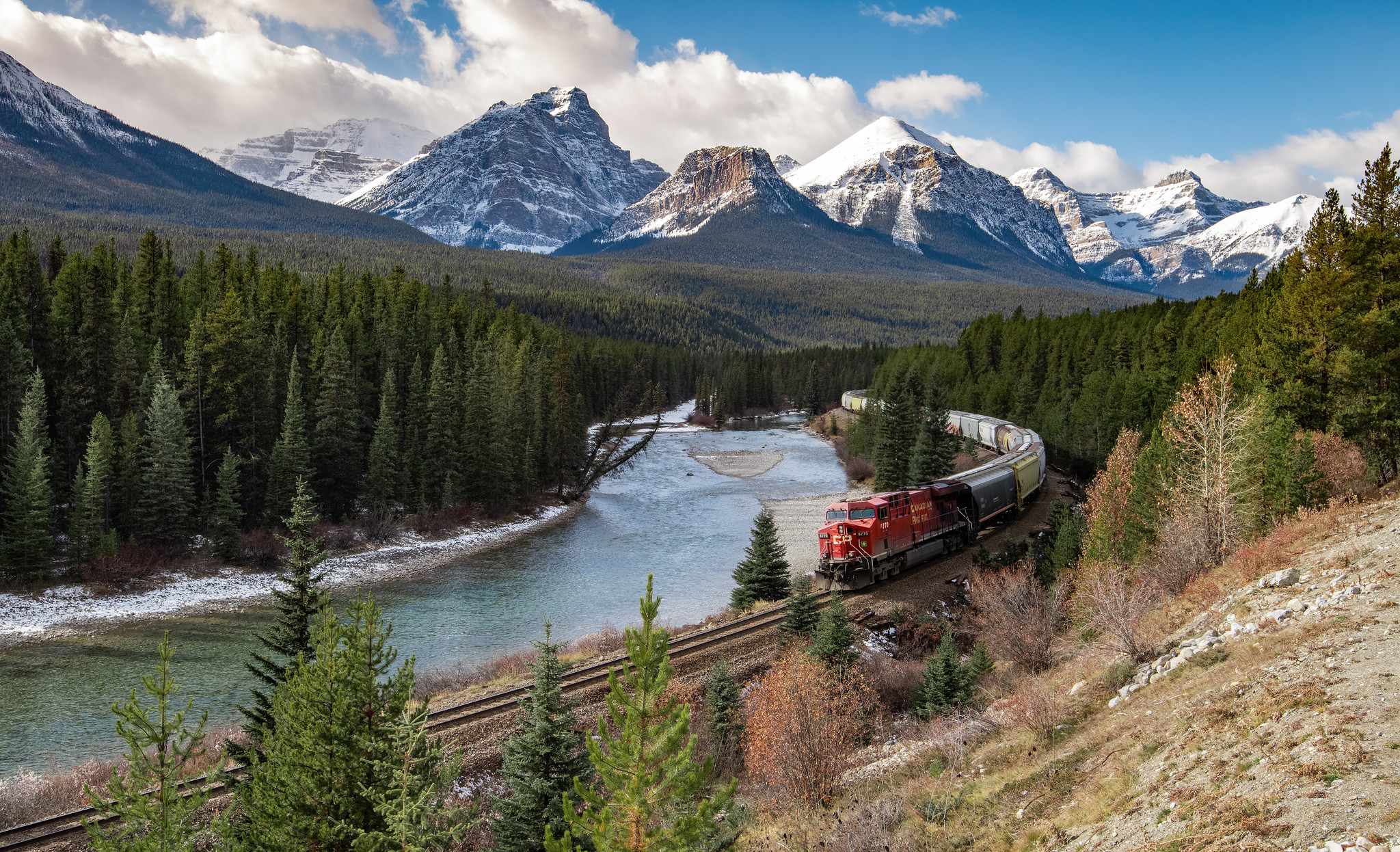
Very tough question. I think if I could only have one it would be my 600mm lens. I love many types of photography such as landscape and astrophotography but my passion is wildlife and the 600mm is the perfect lens.
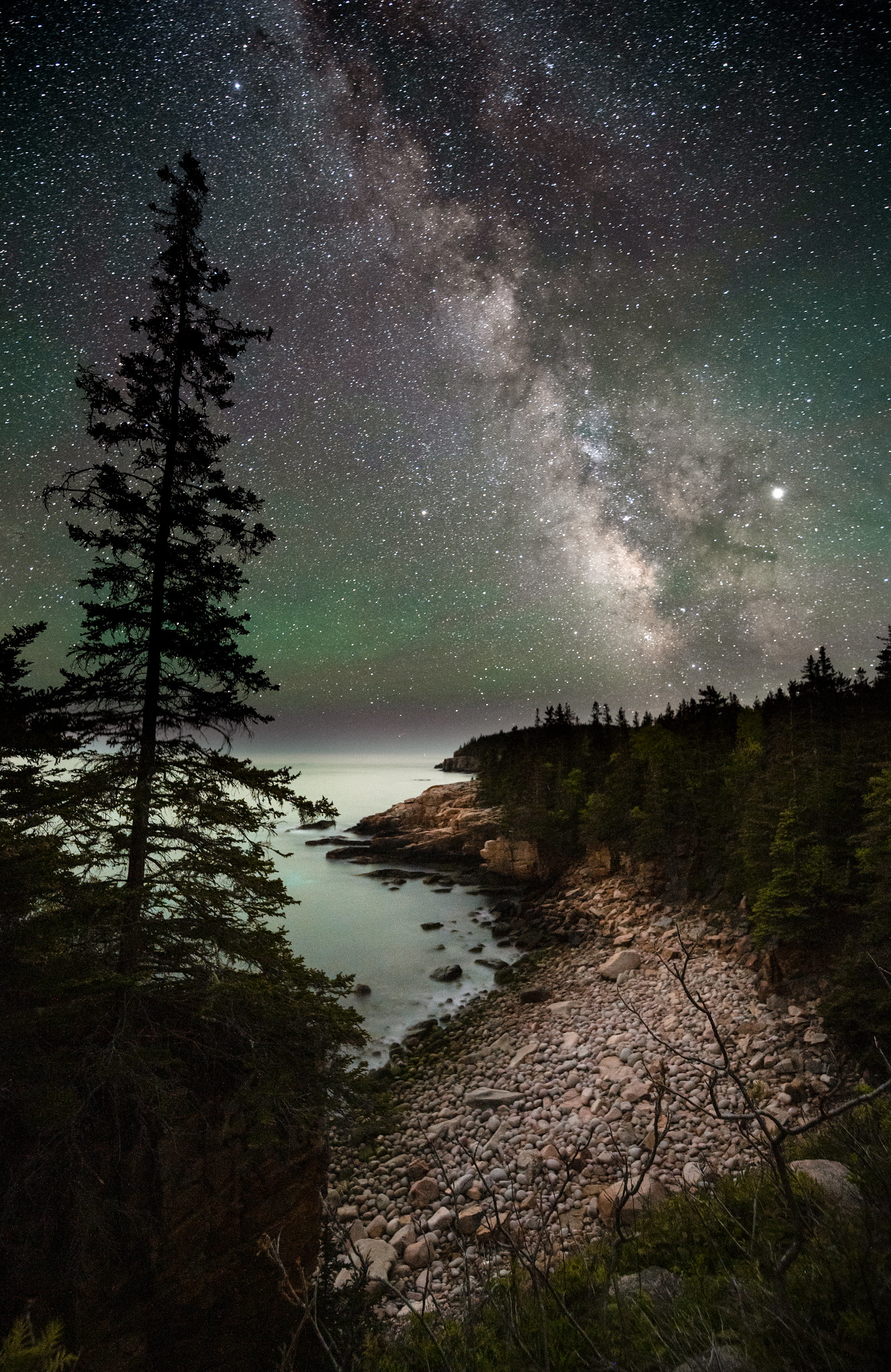
The biggest challenge for me and many others these days is being different. There are so many photographers now but locations with wildlife are becoming less and less. Now with social media and other internet sites, once an animal or location is found, word travels quickly and it’s rare that I am ever alone with an animal anymore sadly.
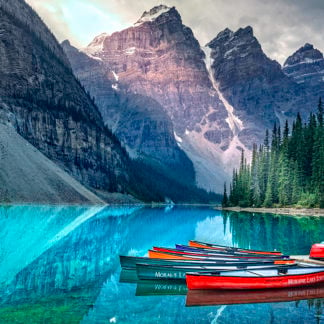 Adjust AI
Adjust AI
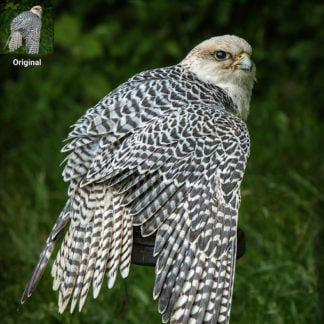 Gigapixel AI
Gigapixel AI
 Render Plan
From: $14.00 / month
Render Plan
From: $14.00 / month
 Topaz Gigapixel
From: $17.00 / month
Topaz Gigapixel
From: $17.00 / month
 Topaz Video AI Monthly
$49.99 / month
Topaz Video AI Monthly
$49.99 / month
© 2005 - 2024 Topaz Labs. All rights reserved.
Each license is valid for a single seat. Receive a volume discount for 10+ seats.
